Introduction
Running with your dog can be one of the most exhilarating experiences for both you and your furry friend. Imagine the wind in your hair, the rhythmic sound of paws hitting the ground, and the shared joy of outdoor adventure! But before you grab that leash and head out, there are essential tips to ensure both your safety and your dog’s enjoyment.
First, ensure your dog is a suitable running partner. Not all breeds are built for speed or endurance. For example, Labrador Retrievers and Border Collies make fantastic running buddies, while brachycephalic breeds like pugs should be left out of the running game. Always consult your vet to confirm your dog’s readiness before hitting the trail.
Next, start slow. Jumping into a 5K right away is like trying to run a marathon without training—it’s just asking for trouble! Begin with short distances and gradually increase the length of your runs. This approach ensures that your dog builds stamina without risking injury.
Now, let’s talk gear. A good harness is essential for your dog’s comfort and control. A Dog Running Harness can make all the difference, providing support and comfort while reducing strain on your pup. Pair it with a hands-free leash for a hassle-free running experience! Don’t forget to pack water for both you and your dog, especially on warm days. Hydration is key!
Pay attention to your dog’s body language. Signs of fatigue, like excessive panting or lagging behind, indicate it’s time for a break. Dogs can’t tell you they’re tired, so it’s up to you to be their voice. When in doubt, take a pause and let them cool off.
Finally, always be mindful of the weather. Running in extreme heat can lead to overheating, while cold weather may require protective gear for your pup. Watch for signs of discomfort and adjust your plans accordingly.
By following these tips, you can make your running sessions fun, effective, and safe for your canine companion. After all, a happy dog is a healthy dog, and together, you’ll create memories that last a lifetime!

Understanding Your Dog
Is Your Dog Ready to Run?
Running with your dog can be a fantastic experience. However, not every pup is built for the task. Some breeds, like Labrador Retrievers and Border Collies, thrive on running. They have the energy and stamina to keep pace with enthusiastic runners. These breeds are natural athletes, eager to hit the trails with you.
On the flip side, some dogs are better suited for leisurely strolls. Brachycephalic breeds, such as Pugs and French Bulldogs, struggle with running. Their short noses make it hard for them to breathe during intense exercise. Similarly, giant breeds like Great Danes may have joint issues that can be exacerbated by running. Always observe your dog’s behavior and consult a veterinarian before starting a running routine. A quick check can reveal whether your dog is physically ready to hit the ground running!
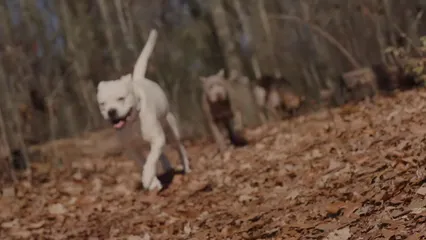
Age and Health Considerations
When considering running with your dog, age matters! Puppies have growing bodies that need special care. It’s generally recommended to wait until they reach about 18 months before starting a running regimen. Their joints and bones are still developing, and too much exercise can lead to injuries.
Adult dogs are typically ready to run, but health considerations are crucial. Common issues like arthritis or obesity can hinder their ability to run safely. Always discuss your dog’s health and fitness level with your vet. They can provide tailored advice to ensure your dog is not only fit but also safe to run with you.
If you have an older dog, be mindful of their stamina. Older dogs may require shorter distances and more frequent breaks. Pay attention to signs of fatigue. If your dog starts lagging behind or shows signs of distress, it’s time to slow down. Running should be enjoyable for both of you!

Preparing for Your Run
Equipment Essentials
Before you and your furry friend hit the trail, let’s talk gear! Having the right equipment is vital for a safe and enjoyable run. First on the list is a good harness. A well-fitted harness provides control and comfort, reducing strain on your dog’s neck. Look for a harness designed specifically for running, as it allows for freedom of movement.
Next, consider a Hands-Free Dog Leash. These innovative leashes attach to your waist, allowing you to run without worrying about holding onto a traditional leash. It’s perfect for maintaining balance and keeping your pup close!
Don’t forget hydration! Carry a Portable Dog Water Bottle and a Collapsible Dog Bowl to keep your dog hydrated during your run. Look for water bottles designed for dogs, which often have special spouts for easy drinking.
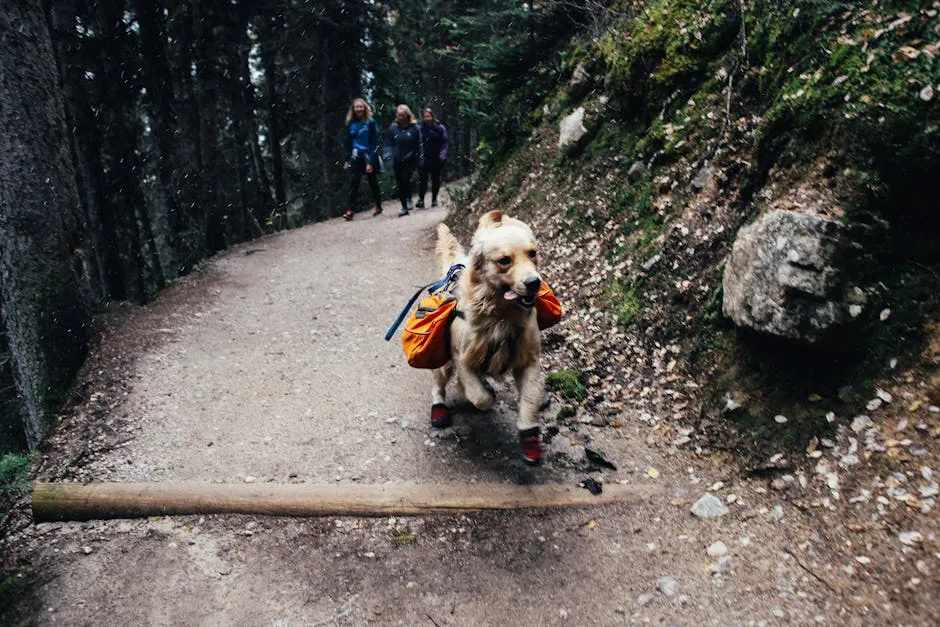
Reflective gear is a must if you plan to run in low-light conditions. A Reflective Dog Vest ensures your dog is visible to cyclists and other runners. Lastly, always pack a Poop Bag Dispenser. Cleaning up after your dog is part of being a responsible pet owner, even when you’re on the go!
With the right equipment, you’ll both be ready to enjoy your runs together safely and effectively!
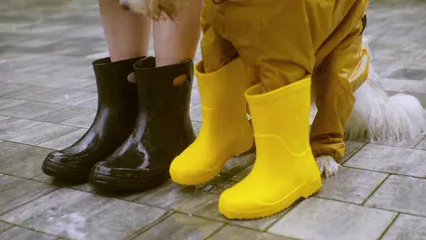
Choosing the Right Route
When selecting a route for running with your dog, safety should always come first. Avoid busy streets, as they pose dangers from fast-moving vehicles and distractions. Instead, opt for quieter neighborhood paths, parks, or scenic trails. Not only will your dog appreciate the change of scenery, but the peaceful environment can also help both of you focus on your run.
Remember, dogs are curious creatures! They love to sniff around and explore their surroundings. A quiet trail allows them to do just that without the stress of traffic. Plus, it’s easier for you to enjoy the fresh air and nature while bonding with your furry friend.
Now, let’s talk about surfaces. Dogs need routes that won’t wreak havoc on their joints. Hard surfaces like asphalt and concrete can be tough on their paws and legs, especially over long distances. Look for softer terrain such as grass, dirt paths, or sand. These surfaces provide cushioning and reduce the impact on your dog’s joints. Think of it as a mini-spa treatment for their paws. You wouldn’t want to run on concrete barefoot, right? Neither does your pup!
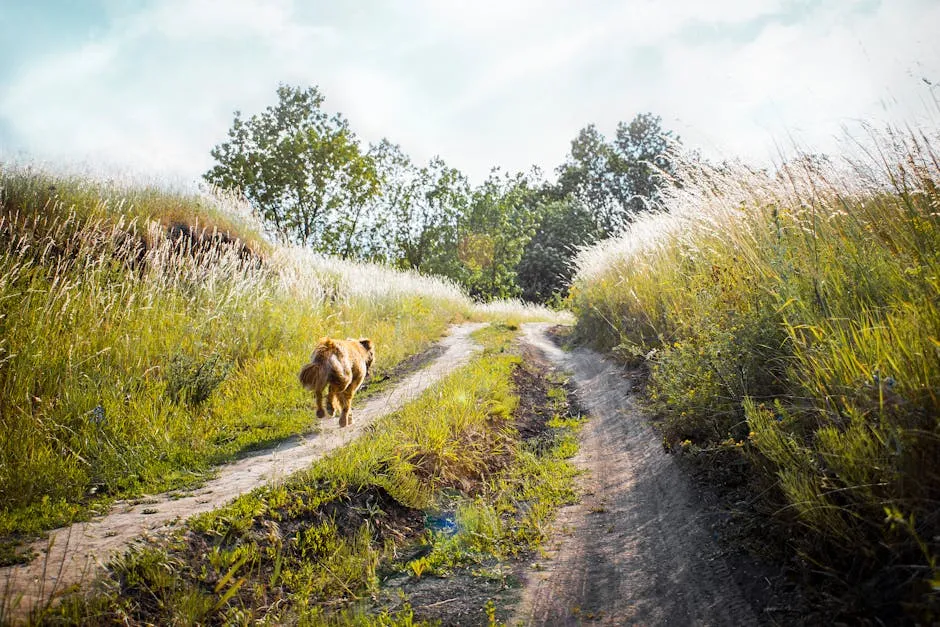
Training Your Dog for Running
Basic Commands for Running
Training your dog to run with you requires a solid foundation of basic commands. Commands like “heel,” “slow down,” and “come” are essential for a smooth running experience. These cues keep your dog focused and safe.
Start with “heel.” This command teaches your dog to run beside you, preventing any tangling of leashes or sudden pulls. Use treats to reward them for staying close. Next, “slow down” is vital when your dog gets too excited. It’s like hitting the brakes! You want to avoid them darting off or tripping you up.
To teach these commands effectively, practice in a calm environment. Gradually introduce distractions, like other dogs or people. Consistency is key! Keep training sessions short and fun. Positive reinforcement will encourage your dog to respond well.

Building Endurance Gradually
Just like humans, dogs need to build endurance over time. Start with walk-run intervals. For instance, walk for five minutes, then run for two. Repeat this cycle for about 20-30 minutes. This method helps your dog acclimate to the increased activity without overdoing it.
As your dog adapts, gradually increase the running time. Monitor their energy levels closely. If your dog starts lagging behind or panting heavily, it’s time for a break. Pay attention to their body language; they can’t tell you they’re tired, but they’ll show it! A tired dog might slow down or drink water frequently.
Remember, patience is crucial. Each dog is unique. Some may thrive on longer runs, while others prefer shorter, more frequent sessions. Keep the experience enjoyable for both of you. Happy running means happy pups!
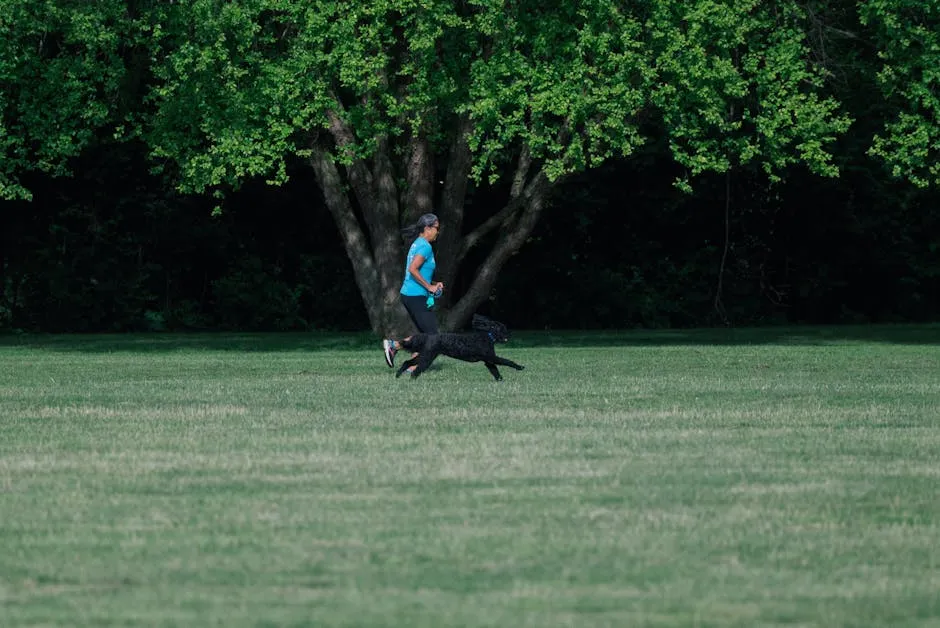
Running Safely with Your Dog
Weather Considerations
Running with your dog can be a blast! But weather can turn that joyride into a sweltering affair or a frozen trek. Let’s break it down for both hot and cold conditions.
Hot Weather Tips
When the sun blazes, keep your furry friend cool. Hydration is essential! Always carry water for both you and your dog. Opt for early morning or late evening runs to dodge the heat. The pavement can scorch sensitive paws, so check it with your hand. If it’s too hot for you, it’s too hot for them! Look out for signs of overheating: excessive panting, drooling, or weakness. If you spot these, find shade and cool your pup down with water.
Cold Weather Guidelines
When temperatures drop, your dog might need extra care. Short-haired breeds feel the chill more than their fluffy counterparts. Consider a cozy Dog Coat for Winter Running if it’s frigid. After a run, check their paws for ice or salt, which can irritate. Avoid salted roads, as they can sting and upset your dog’s stomach if licked. If the snow is deep, Dog Booties for Cold Weather can protect their precious paws. Always keep an eye on your pup’s comfort level—don’t push them too hard in the cold.

Recognizing Signs of Overheating or Fatigue
Understanding your dog’s limits is crucial for safe running. They may not tell you when they’re tired, but their body language will! Watch for excessive panting and droopy ears. If your dog begins lagging behind, it’s time for a break. Excessive drooling or a bright red tongue? Stop and find shade.
If you notice any signs of distress, take immediate action. Find a cool spot, offer water, and let them rest. If their condition doesn’t improve, seek veterinary help. Remember, your run should be enjoyable; if your dog is struggling, it’s time to slow down or call it a day.

Post-Run Care
Cool Down and Hydration
Post-run care is just as important as your pre-run routine! After your jaunt, allow for a cool-down period. Gradually decrease your pace and finish with a brisk walk. This helps your dog’s heart rate return to normal and prevents stiffness.
Hydration plays a vital role after running. Offer water immediately, but avoid letting them gulp it down like a marathon runner at the finish line! Instead, provide small sips frequently. This helps prevent an upset stomach. If you notice your pup panting hard, they might need extra hydration.
Checking for any injuries is key. Look at their paws for cuts or abrasions, especially after running on rough surfaces. A quick inspection can help catch minor issues before they become serious.
Following these tips ensures that your running adventures remain fun and safe for both you and your furry friend. Happy running!

Health Checks
Running is a fantastic way to bond with your canine companion, but let’s keep it safe! First up, health checks. Before you hit the pavement, inspect your pup for any injuries. Look for cuts, scrapes, or damage to their paw pads. Dogs can’t tell us when they’re hurting, so be their superhero! If their pads look rough or cracked, it’s time for a little paw care. A protective Paw Balm for Dogs can do wonders and keep those tootsies happy.
Regular grooming plays a vital role in your dog’s overall well-being. A well-groomed dog is a healthy dog! Brush your pup regularly to remove loose fur and prevent matting. This helps maintain a healthy coat and reduces the risk of skin issues. Don’t forget to check their ears and teeth while you’re at it. A clean dog is a happy dog, and a happy dog is ready for action! budget-friendly dog grooming tools for home use
Regular grooming is essential for your dog’s health and can be done effectively at home with the right tools. budget-friendly dog grooming tools for home use
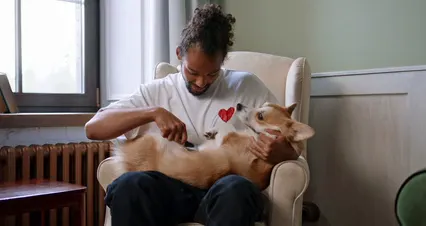
Conclusion
Running with your dog can be a fulfilling experience that promotes fitness and strengthens your bond. By understanding your dog’s needs, preparing adequately, and following safety guidelines, you can both enjoy the great outdoors together. It’s not just about the run; it’s about the journey you share.
Imagine the joy of seeing your pup’s tail wag as they race alongside you. It’s a beautiful sight! Create routines that suit both your fitness levels. Start slow, build up endurance, and remember to take breaks. Your dog will thank you for the extra sniffs and exploration time!
Hydration is key during your adventures. Always carry water for both of you, especially on warm days. A collapsible bowl makes it easy to keep your furry friend hydrated without fuss. Keep an eye on the weather too! Hot days can zap your pup’s energy, while cold weather might require some extra gear.
Training is essential. Basic commands like “slow down,” “heel,” and “come” can make your runs smoother and safer. With patience and practice, your dog will become a pro running partner!
Don’t forget post-run care. Cool down together with a gentle walk, and check for any injuries. A thorough inspection of your dog’s paws can save you from future woes. If you notice anything concerning, consult your vet.
So lace up your shoes, grab that leash, and hit the trails for an unforgettable adventure with your four-legged friend! Running together can lead to a lifetime of memories, fitness, and fun. Enjoy the journey, one paw at a time!

FAQs
What breeds are best for running?
Some breeds thrive on the running trail, while others prefer leisurely walks. Great running breeds include Labrador Retrievers, Border Collies, and Australian Shepherds. These dogs have energy to spare and love to run! On the flip side, brachycephalic breeds like Pugs or Bulldogs struggle to keep up due to their short snouts. They might enjoy a gentle stroll instead!
How far can I run with my dog?
Distance depends on various factors like age, health, and breed. Generally, young dogs should wait until around 18 months for longer runs. Start with shorter distances and gradually build up. Always monitor your dog’s energy and adjust accordingly.
What should I do if my dog gets tired during a run?
If your pup starts lagging or shows signs of fatigue, take a break! Let them catch their breath and hydrate. It’s important to listen to their body. Remember, running should be enjoyable for both of you!
Can I run with my dog during extreme weather?
Extreme weather can pose risks. In hot conditions, avoid running during peak sunlight. Early mornings or evenings work best. In winter, watch out for icy surfaces and consider protective gear for your dog. Always prioritize their comfort and safety!
How often should I run with my dog?
The frequency of runs depends on your dog’s fitness level. Ideally, aim for 3-5 times a week. Mix in rest days and shorter walks to keep them engaged. Regular exercise is key, but so is giving them time to recharge!
Please let us know what you think about our content by leaving a comment down below!
Thank you for reading till here 🙂
All images from Pexels





